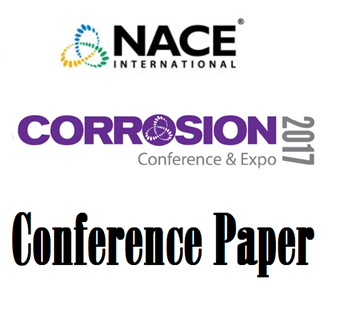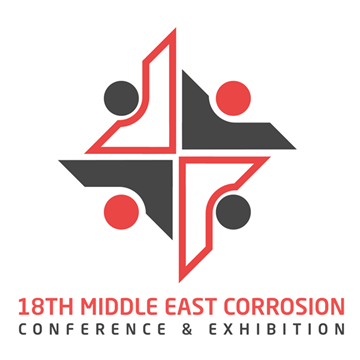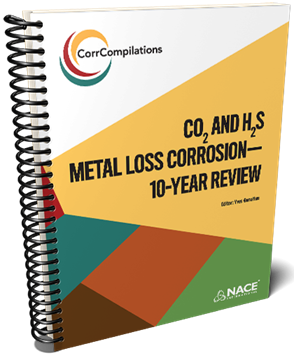Search
Products tagged with 'h2s'
View as
Sort by
Display
per page
AISI 420/410 Modified Martensitic Stainless Steel bar Stock Materials Sulphide Stress Cracking (SSC) Resistance in Mildly Sour Environments
Product Number:
51323-18759-SG
Publication Date:
2023
$20.00
ANSI/NACE MR0175-HD2000-SG Sulfide Stress Cracking Resistant Metallic Materials for Oilfield Equipment-HD2000
Product Number:
21302-HD2000
Publication Date:
2000
$179.00
ANSI/NACE MR0175-HD2003-SG Metals for Sulfide Stress Cracking and Stress Corrosion Cracking Resistance in Sour Oilfield Environments-HD2003
Product Number:
21302-HD2003
ISBN:
1-57590-021-1
Publication Date:
2003
$179.00
Characterizing Properties and Stress Corrosion Cracking Resistance of Alloy 718 via Additive Manufacturing
Product Number:
51323-19117-SG
Publication Date:
2023
$20.00
Choice of Buffer Solution for Stainless Steel OCTG at Laboratory Corrosion Test to Carry Out SSC and SCC Resistance
Product Number:
51317--9288-SG
ISBN:
9288 2017 CP
Publication Date:
2017
$20.00
Comparative Study of FBE Internal Coatings in CO2/H2S/N2-brine/MEG
Product Number:
MECC23-20099-SG
Publication Date:
2023
$20.00
CorrCompilation: CO2 and H2S Metal Loss Corrosion - 10 Year Review (E-book)
Product Number:
37623-E
ISBN:
978-1-57590-350-7
Publication Date:
2017
$137.00
Corrosion & Mechanical Properties of Nickel Based Alloy 825 Explosion Welded Plates for H2S Service
Product Number:
51323-19123-SG
Publication Date:
2023
$20.00
Corrosion Behavior of UNS N08935 In Refinery Sour Water Services
Product Number:
51321-16831-SG
Publication Date:
2021
$20.00
Corrosion Inhibitor Film Stability Under High Gas Velocity Conditions of Subsea Wet Gas
Product Number:
51317--9247-SG
ISBN:
9247 2017 CP
Publication Date:
2017
$20.00
Corrosion Prediction in Perforated Polymer Lined Pipelines (PLP) Used for Oil & Gas Transportation
Product Number:
51324-20954-SG
Publication Date:
2024
$40.00
Corrosion Testing of Carbon Steel and 13Cr Casing Materials in Simulated Superhot Deep Geothermal Well Environment
Product Number:
51324-20903-SG
Publication Date:
2024
$40.00












